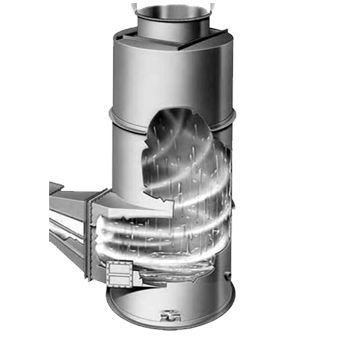
People use solar thermal energy for various things, including supplying electricity and heating water, air, and buildings' interiors. Solar collector heating systems can be divided into two categories: passive systems and active systems.
It is known as passive solar space heating when the sun warms a building's interior through its windows. In the northern hemisphere, passive solar heating-optimized building designs typically contain south-facing windows that let the sunshine on the structure's solar heat-absorbing walls or floors throughout the winter. Building materials absorb solar energy, which then naturally radiates and convects to warm the interior of structures. In the summer, window overhangs or drapes keep the sun out of the windows, and the structure is excellent.
Active solar collector heating systems use collectors to heat a fluid (air or liquid) and fans or pumps to carry the heated fluid through the collectors, into a building's interior, or into a heat storage system, where the heat is released and back to the collector for reheating. The water heated by solar energy is typically stored in an active solar water heating systems tank.
Both non-concentrating and concentrating solar collectors are available:
Non-Concentrating Collectors
The area that collects solar radiation is known as the collector area, and the area that absorbs solar energy is known as the absorber area. Non concentrating collectors are typically used in solar energy systems to heat water or air. Flat-plate collectors are the most popular non-concentrating collector type used in buildings for space and water heating when temperatures lower than 200°F are suitable.
Generally, flat-plate solar collectors consist of essential parts:
A flat metal plate that collects solar energy and intercepts it
A transparent covering that minimizes heat loss from the absorber and permits solar energy to travel through the cover
The back of the absorber has a layer of insulation to prevent heat loss.
Metal tubes are affixed to the absorber in solar water heating collectors. Pumping a heat-transfer fluid through the absorber tubes removes heat from the absorber and transfers it to water in a storage tank. In warm climates, solar pool heating systems are typically not equipped with coverings or absorber insulation; instead, pool water is pumped from the pool through the collectors and back to the pool.
Fans are used in solar collector air heating systems to circulate air through flat-plate collectors and into a building's interior.
With Viessmann solar collectors, you'll be on the right side of the street regarding protecting the environment. By installing a Viessmann solar collector’s system, which can also provide heat, your family might reduce its CO2 emissions by up to one tonne yearly. The most acceptable addition to any heating system is a solar thermal system because it may help you save money over the long run, reduce your energy consumption, and offer sustainable heating for your family.
Call us at +971 (4) 372 42 40
For more info:- https://www.viessmann.ae/

























